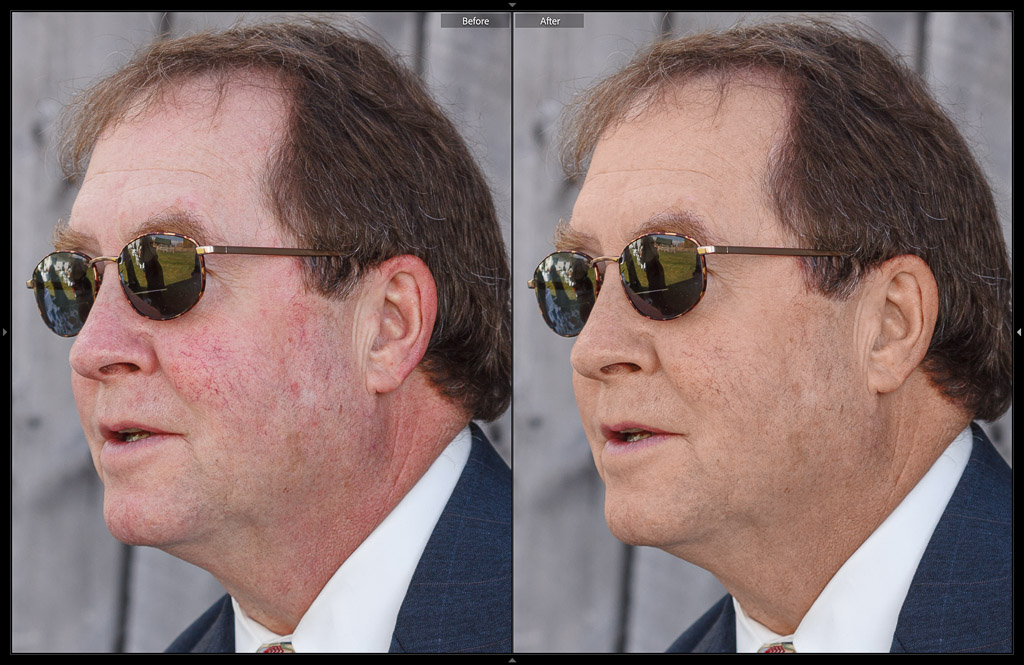![]() Variance, a powerful color contrast control, is now integrated into Adobe Lightroom and Lightroom Classic’s Point Color panel. Variance adjusts the difference between a selected hue and its neighboring colors on the color wheel. This fantastic new feature can be used as a global adjustment or within the Masks panel for additional precision.
Variance, a powerful color contrast control, is now integrated into Adobe Lightroom and Lightroom Classic’s Point Color panel. Variance adjusts the difference between a selected hue and its neighboring colors on the color wheel. This fantastic new feature can be used as a global adjustment or within the Masks panel for additional precision.
Click here to download the examples in this video and play along! (Subscribers Only)
![]()
Important Note: To harness Variance effectively, you need a solid foundation in Lightroom’s Point Color and Masking tools.
How the Variance Slider Works
The Variance slider alters the relationship between the color that you choose and all of the other colors in your image.
- Negative Variance (Color Harmony): Dragging the slider toward a negative value reduces the difference between the sampled hue and its neighbors. This reduces color contrast.
- Positive Variance (Color Contrast): Dragging the slider toward a positive value increases color contrast. Neighboring hues are pushed further away from the sampled color, resulting in more energetic images.
Enhanced Color Landscapes
Variance is a wonderful addition for landscape photographers. Boosting color contrast can make fall foliage or wildflower photos pop. Conversely, reducing color contrast creates a quieter, more harmonious appearance. To apply this selectively, combine Variance with Lightroom’s AI-powered Landscape Masks to target these changes to dominant subject in your scene.
Remember when using Variance that you must sample the color that you wish to keep (or unify towards), not the color(s) that you want to eliminate.
Smoother Skin Tones
For portrait photographers, combining Lightroom’s AI Portrait Retouching Masks and a negative Variance setting is an incredibly fast way to smooth out uneven skin tones. You can neutralize excessive redness in your subject’s face in no time using the Variance command plus Point Colors other Hue and Saturation controls.

The Point Color Variance tool immediately becomes an essential, high-impact asset for any Lightroom user. With this control, expanding or reducing color contrast requires nothing more than a simple eyedropper and a single slider movement!
